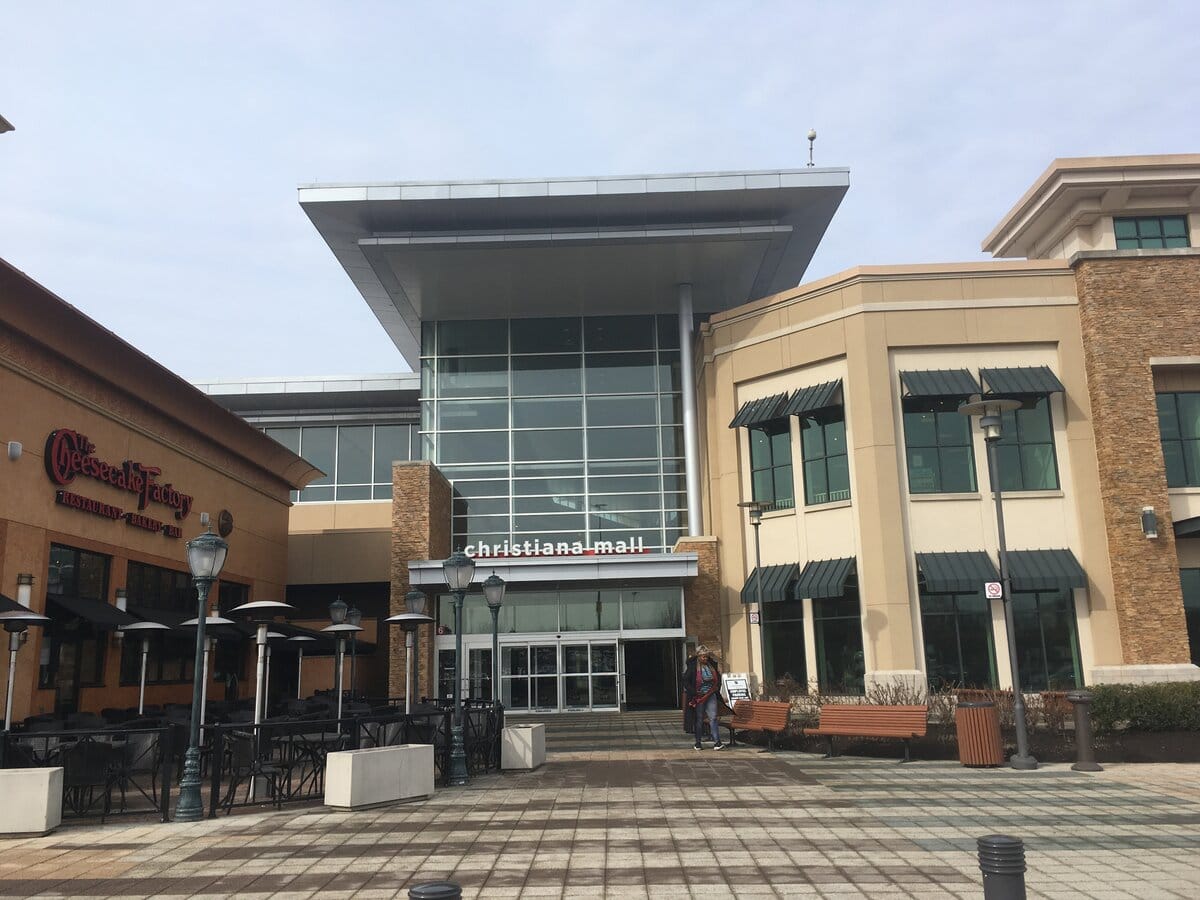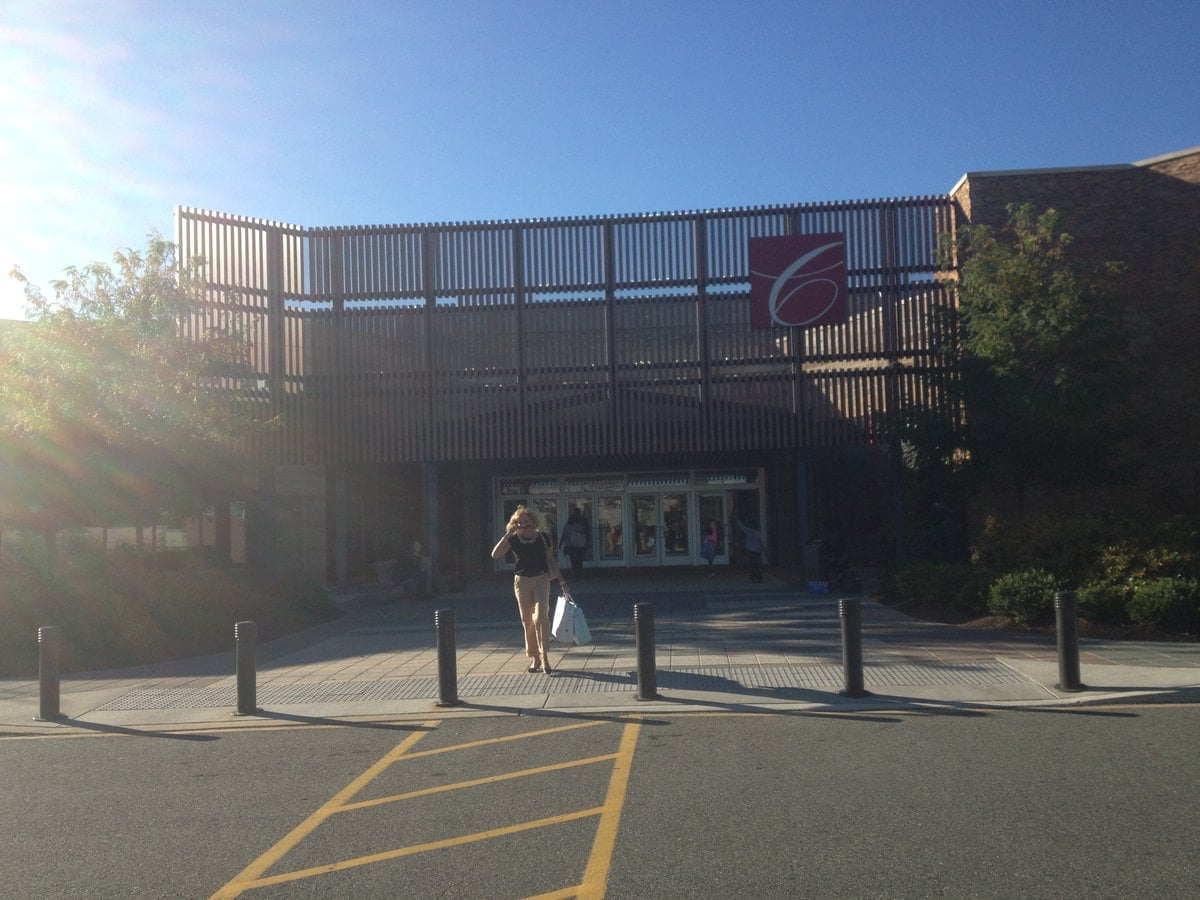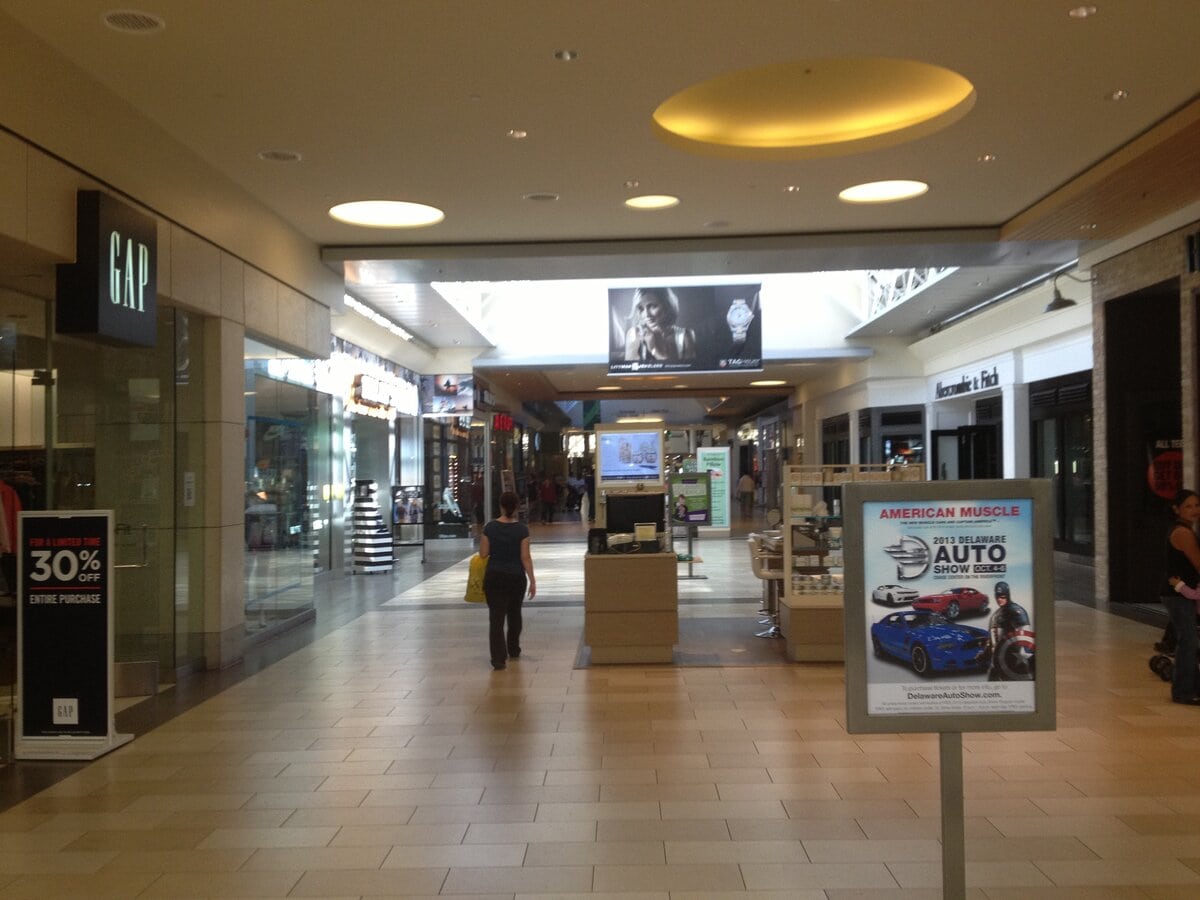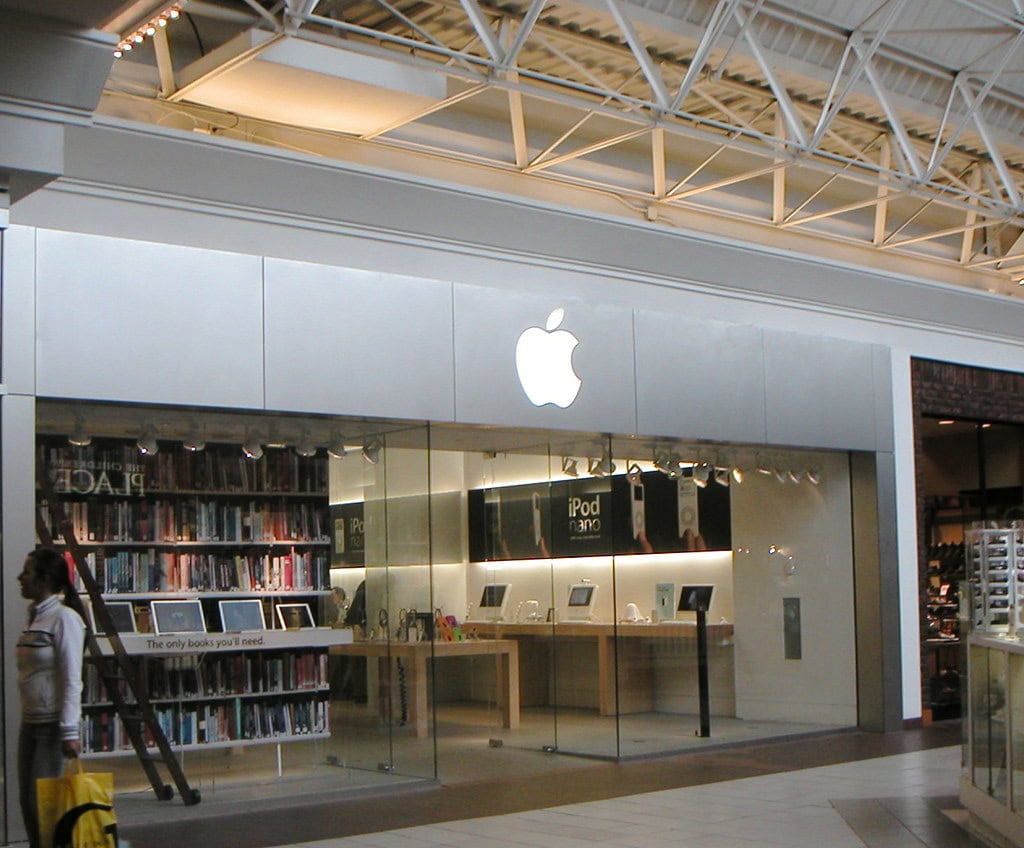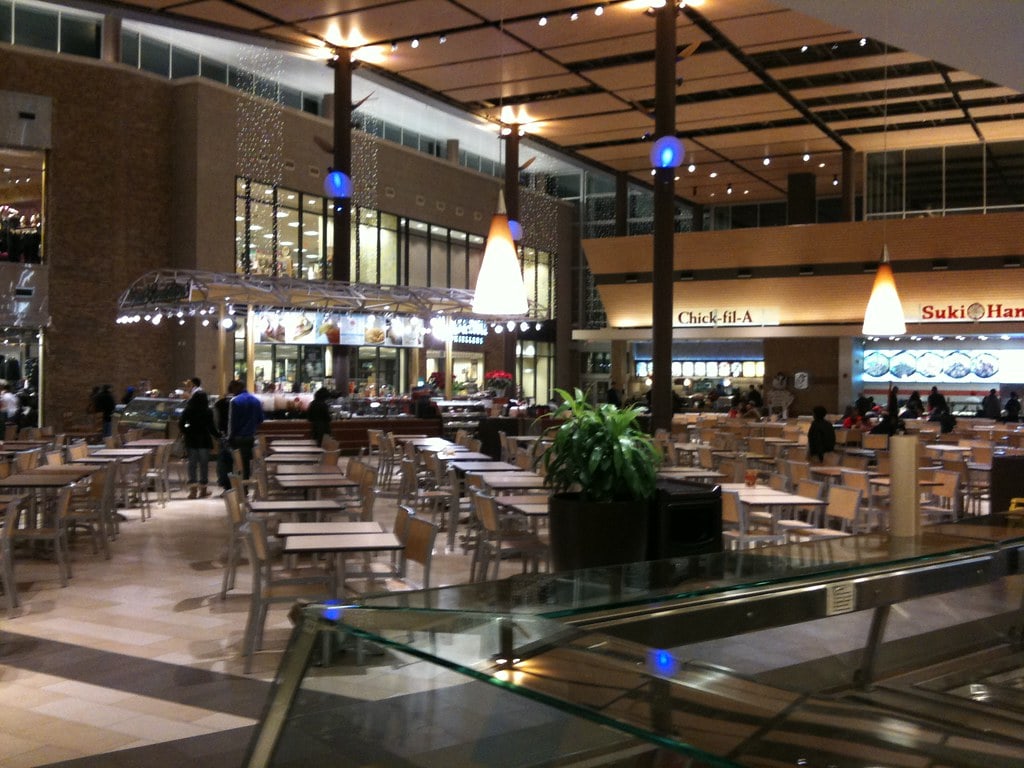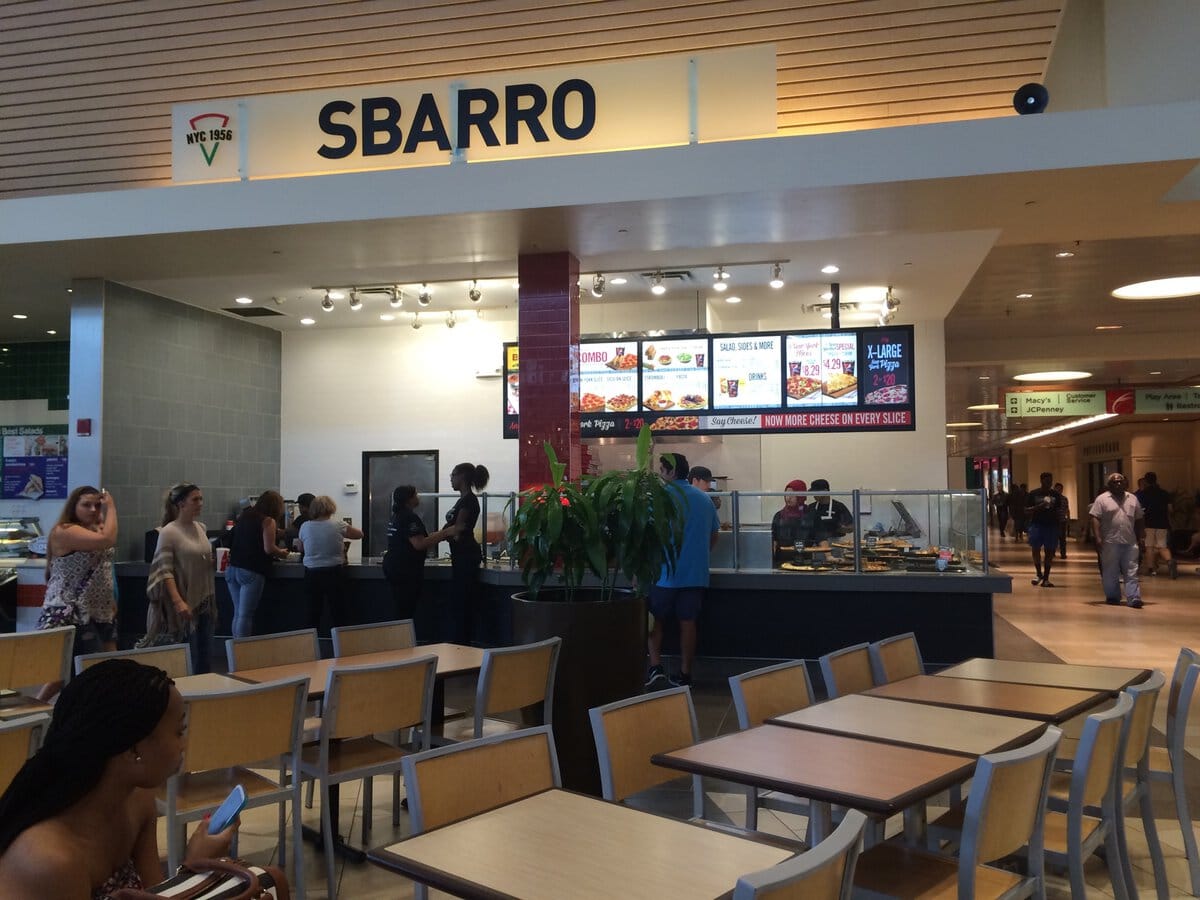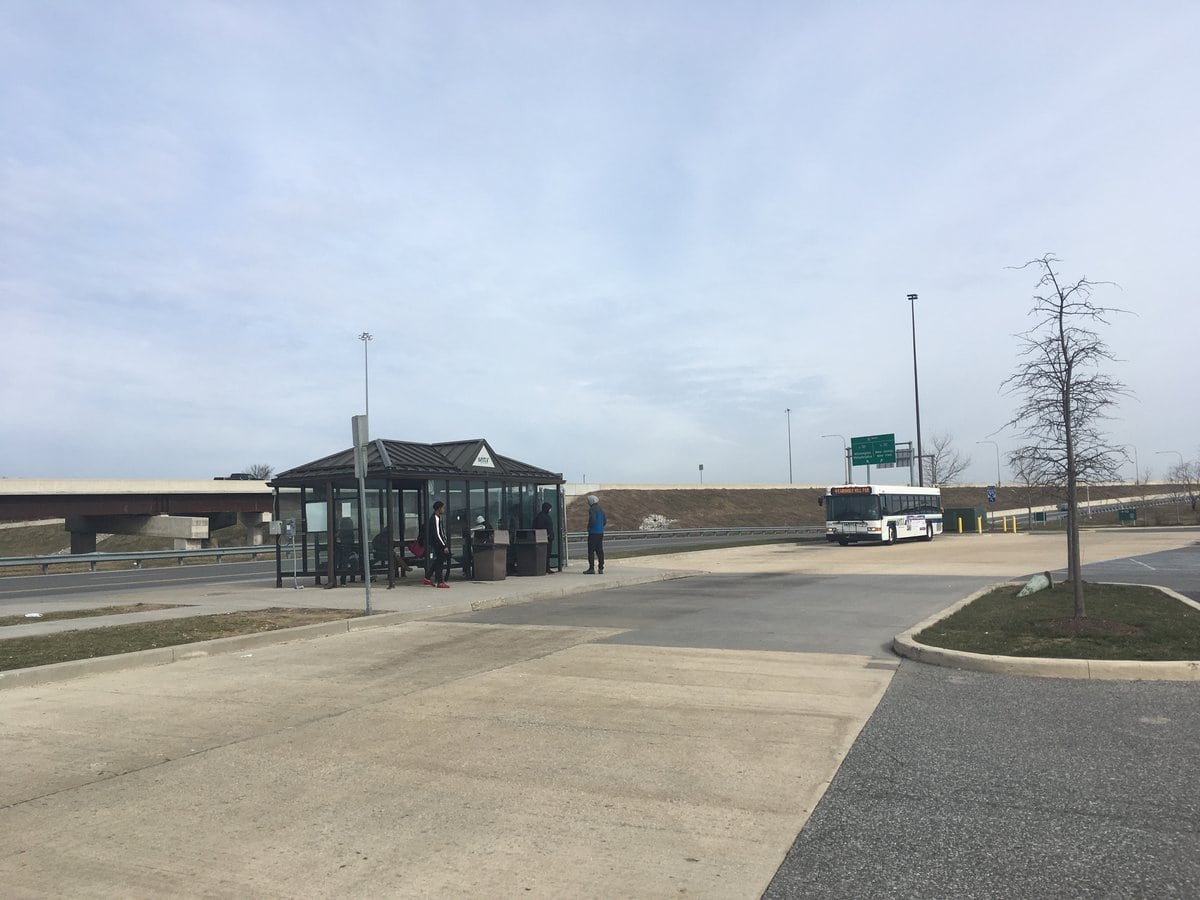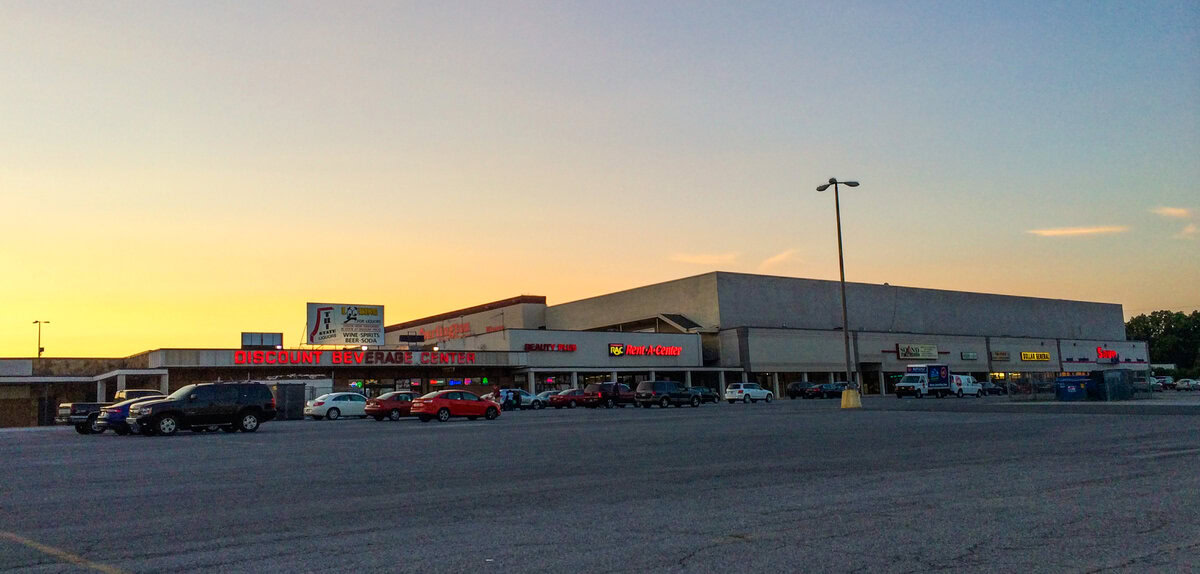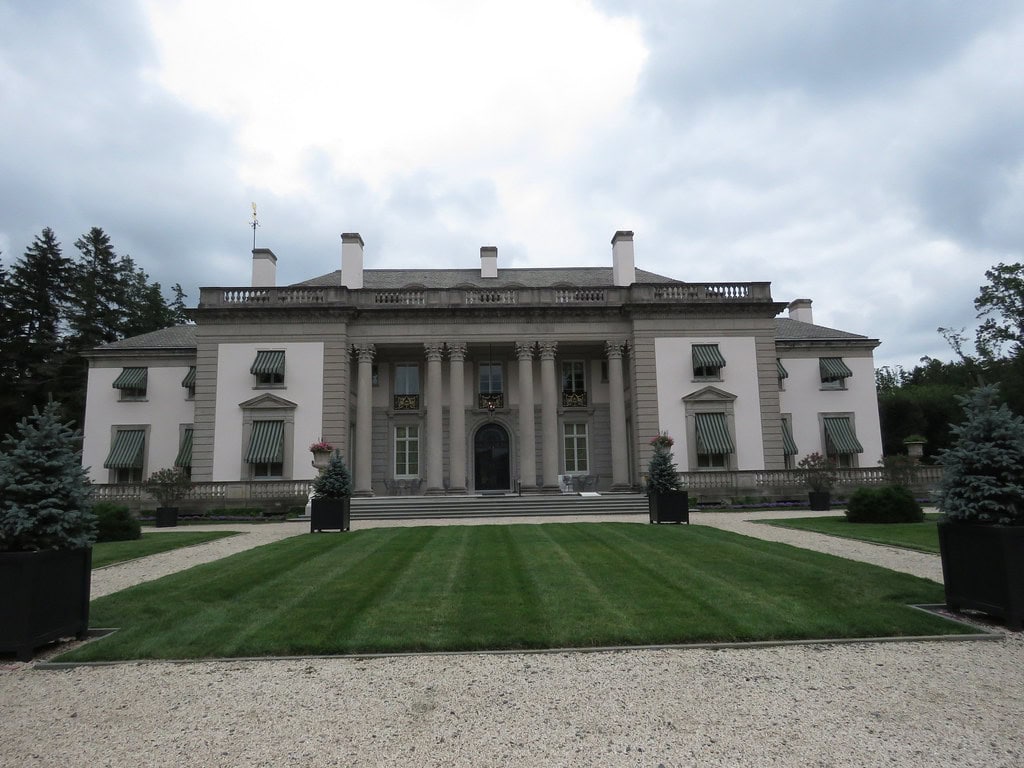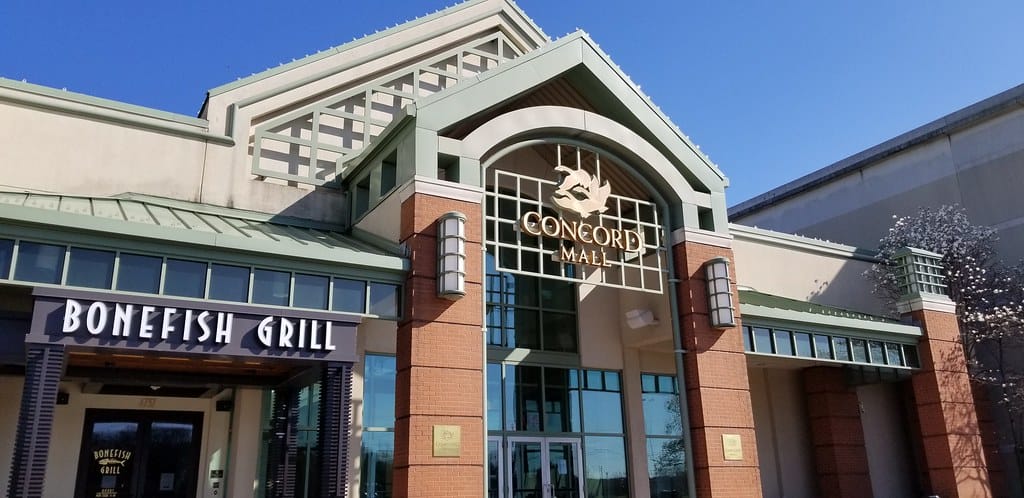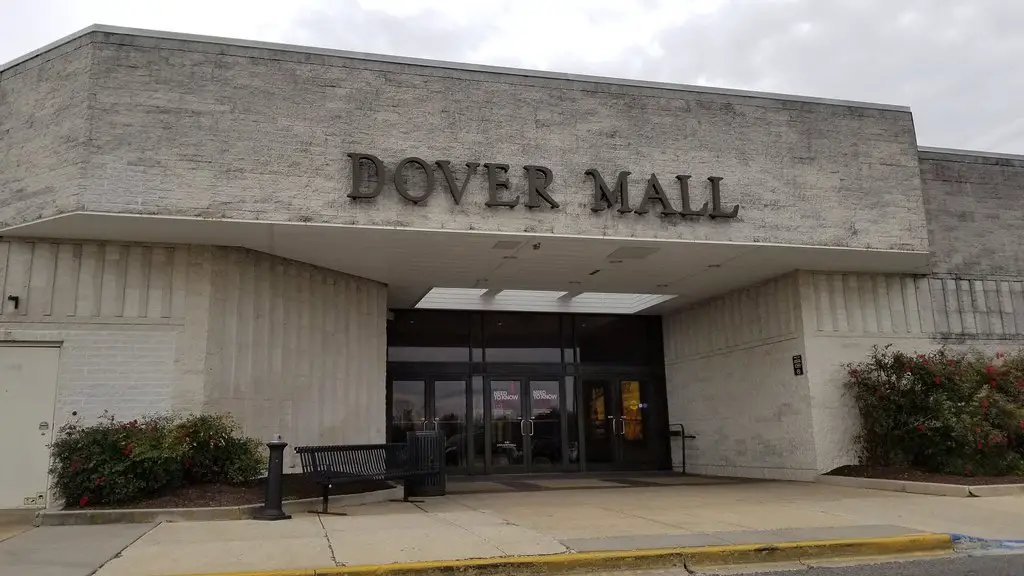Origins and first retail years at Christiana Mall
Christiana Mall opened on October 12, 1978, on former farmland outside Newark, DE. The project was a joint effort between the Rubin Company and New Castle Associates.
The first anchor, Strawbridge & Clothier, debuted a month earlier in September 1978, drawing shoppers with a tall clock tower and indoor fountains.
Bamberger's followed in 1979, along with JCPenney in 1980. By the end of the decade, the complex included Christiana Cinemas I-V, the Cupboard food court, and the Galaxy Arcade.
The farmland had been divided among the Lynam, Morgan, Clayville, and Carroll families before the property shifted to commercial use.
Developers used the Lynam tract for the main mall building, while the Morgan farm became part of the Cabela's site and sections of Interstate 95.
Early choices in construction reflected the competition of the time, aiming to outpace the smaller Triangle Mall and Castle Mall a few miles away.
Inside, design details signaled an intent to mix leisure with retail.
Strawbridge & Clothier installed a second-floor restaurant with balcony seating above the main court.
At the same time, the cascading fountain beneath the escalators echoed the style of suburban shopping centers that wanted to create destinations, not only outlets.
From the very start, the mall was part of a larger story about things to do in Newark, Delaware, anchoring an area that would see decades of trade and travel pass through its doors.
Expansion and department store shifts
In 1986, Bamberger's was converted into a two-floor Macy's, placing the national chain in front of local shoppers for the first time inside Christiana Mall.
That transition was followed a few years later by new construction.
In 1991, Wanamaker's opened a fresh anchor wing, a two-level space that was the final store the chain ever built.
The mall also completed its first major renovation that same year.
Developers created a triangular concourse where Macy's and JCPenney met, with a ceiling of skylights above a new fountain.
That open atrium became a new center court, designed to host seasonal displays and events.
The changes marked a pivot from the fountains and arcades of the late 1970s toward broader circulation areas that encouraged longer stays.
Retail names shifted again in the mid-1990s. May Department Stores acquired the Wanamaker's chain in 1995 and folded it into Hecht's.
The Hecht's banner did not last long in Newark.
In 1997, the 190,000-square-foot building was rebranded as Lord & Taylor, creating the only Delaware location for that chain.
At the same time, the Strawbridge & Clothier nameplate dropped the Clothier, remaining as Strawbridge's.
By the end of the 1990s, the mall was balancing Macy's, JCPenney, Strawbridge's, and Lord & Taylor as its primary anchors, with smaller national and regional tenants filling out the concourses.
Ownership changes and consolidation
By the early 2000s, control of Christiana Mall had shifted through several hands as national developers traded assets.
In March 2003, the Rouse Company reached an agreement with PREIT to acquire a 50 percent stake in Christiana.
Rouse exchanged six older malls, including Cherry Hill Mall, Moorestown Mall, and Plymouth Meeting Mall, while PREIT assumed more than $285 million in mortgage debt.
The deal was part of a broader strategy: Rouse gained a top-producing center while PREIT consolidated properties closer to its core markets.
The new ownership period overlapped with a wave of corporate consolidation in the department store sector.
In 2005, Federated Department Stores purchased May Department Stores, instantly gaining control of both Macy's and Hecht's, as well as the Lord & Taylor operation.
That acquisition left Federated with three of Christiana Mall's four anchors.
The outcome was swift. Strawbridge's closed in 2006, and the Lord & Taylor location also shut its doors.
General Growth Properties, which owned the center, took control of the vacant Strawbridge's building but did not announce immediate redevelopment plans.
For several years, those shuttered spaces loomed large at the edge of the concourse.
Customers still came for JCPenney and Macy's, but two prime anchor boxes sat dark.
Mall management now faced a question of how to reinvent those corners of the property to match changing patterns in regional shopping and retail investment.
Redevelopment and new anchors
By 2008, Christiana Mall stood at a crossroads with two empty anchors and pressure to refresh its retail floor.
The former Strawbridge's store, closed since 2006, was torn down to make way for a new Nordstrom.
In spring 2009, a relocated food court opened in space once occupied by a cinema, while the original food court was converted into retail square footage.
The shuttered Lord & Taylor followed a different path.
After its demolition in early 2010, construction began on a new one-level Target, which opened to the public on October 10, 2010.
That store brought a different kind of traffic to the property, balancing fashion and lifestyle brands with the mass-market pull of a discount anchor.
April 8, 2011, marked another milestone when Nordstrom opened its first Delaware location, a two-level store built on the Strawbridge's site.
The addition introduced a set of higher-end retailers in the adjoining concourse and extended the mall's profile across the regional trade area.
Around the same time, new entrances, updated lighting, and exterior "avenue style" spaces added restaurants and outdoor storefronts.
The redevelopment also shuffled nearly a hundred existing leases, giving the complex a fresh mix as the early 2010s began.
Outparcels and infrastructure growth
The next wave of development arrived between 2013 and 2014. On the outer ring road, crews prepared ground for two major projects.
A 100,000-square-foot Cabela's store opened in May 2014, giving Delaware its first branch of the outdoor retailer.
Just a few months later, in November, a 12-screen Cinemark Theatre welcomed moviegoers, adding an entertainment element that extended the hours people spent on site.
Transportation improvements came alongside these new anchors.
On October 17, 2013, state officials dedicated new I-95 flyover ramps, aimed at easing congestion for mall traffic during peak retail seasons.
The upgrades widened access roads and expanded parking, preparing the property for heavier volumes.
Inside the main building, remodeling continued throughout 2014.
Established tenants refreshed storefronts while several new national chains joined the roster.
Together, these changes positioned Christiana Mall as more than a shopping center.
It became a hub where retail, dining, and entertainment blended with regional highway access, making it a central stop for millions of visitors each year.
Incidents and modern operations
By the mid-2010s, Christiana Mall was drawing more than 20 million visits each year.
Shoppers traveled from Philadelphia, Baltimore, and Washington for Delaware's tax-free stores, and the Apple shop inside the mall developed a reputation for selling more iPhones than any other in the country.
Brookfield Properties valued the property at more than $1 billion, a figure that reflected both its retail strength and its role as a regional draw.
Even in that climate, the mall saw moments of crisis.
On April 8, 2023, a fight near the food court spilled into violence when three young men attacked an 18-year-old.
Two of the victim's friends tried to defend him, and one of the attackers pulled a handgun.
Three people were hit by bullets, and five more were injured in the rush that followed.
For nearly two weeks, the suspects were at large before a 17-year-old turned himself in to police.
Life inside the center continued.
JCPenney, Macy's, Nordstrom, and Target kept their anchor spots while restaurants like The Cheesecake Factory and Brio Tuscan Grille filled the dining areas.
Families still came for weekend trips, but the April 2023 shooting lingered in public memory, reminding management that crowd safety mattered as much as the mix of national chains along the concourses.
Recent developments and current status
In mid-March 2025, Forever 21 announced it would wind down all of its U.S. stores, including the Newark location.
Posters in the windows advertised clearance sales of 40 to 60 percent, and notices told customers they could use store credits and gift cards through April 15.
The following weekend, a Crocs store opened between Macy's and Nordstrom, introducing a recycling program called Old Crocs, New Life, which offers coupons to students, teachers, healthcare workers, and military families.
Law enforcement returned to the property that summer.
On August 15, 2025, officers arrested a man in the parking lot who had fled a police pursuit earlier in the month.
He was charged with carrying a concealed firearm and reckless driving.
These events, spaced only months apart, showed how the property remained in constant motion: stores opening, brands leaving, emergencies handled in real time.

